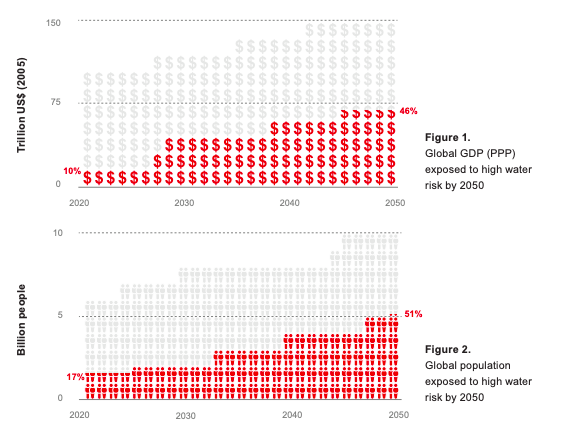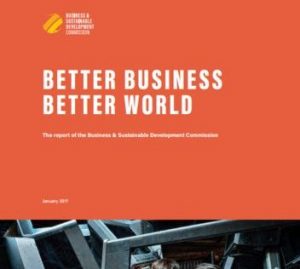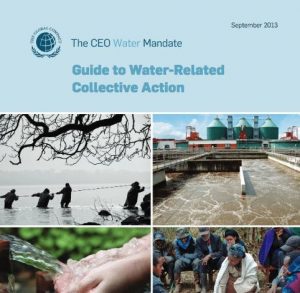Primary Functions
- Learn about the new WWF Water Risk Filter scenarios.
- Find guidance on how scenario analysis can help companies and investors to understand future water risks and build resilience.
Detailed Description
Water is the lifeblood of our societies and economies; it is essential to all people and businesses. However, 17 per cent of the global population and 10 per cent of the world’s GDP currently come from regions of high-water risk – and by 2050 this could increase to 51 per cent and 46 per cent respectively. The World Economic Forum’s Global Risk Report has ranked water crises among the five top risks in terms of impact for ten consecutive years. Water risk is a real and existing threat to companies’ bottom lines, with a combined business value at risk of US$425 billion, according to CDP 2019 data.
With water stress increasing due to climate change and soaring demand for water from expanding populations, urbanisation and economic development, companies and investors are increasingly concerned about how water risks may potentially impact their operations, supply chains and investments – now and in the future. As the timing and magnitude of future water risks due to climate change and socio-economic factors are highly uncertain, it is challenging for companies and investors to understand potential risks and opportunities for their businesses or investments in order to ensure long-term resilience. One way to assess such business implications is through the use of scenario analysis as recommended by the Task Force on Climate-related Financial Disclosure (TCFD) as well as by the EU Non-Financial Reporting Directive (NFRD).
Already a leading online tool for companies and investors to assess and respond to water risks, the WWF Water Risk Filter is now expanding to provide forward-looking scenarios of water risks, based on climate and socio-economic changes, and aligned with TCFD and EU NFRD recommendations.
The aim of this brief is to provide an overview of the new WWF Water Risk Filter scenarios and guidance on how scenario analysis can help companies and investors to understand future water risks and build resilience in an uncertain future.






